When it comes to winter energy efficiency, the thermal camera for home inspections plays a critical role. It identifies heat loss that would otherwise go unnoticed, enabling homeowners to improve insulation and lower their heating costs. By making heat visible, a thermal camera helps uncover otherwise hidden issues such as drafts, leaks, poor insulation, and overheating wires. These problems often go unnoticed but can increase energy costs or create safety risks. Since heating and cooling make up nearly half of a home’s energy consumption, identifying inefficiencies can lead to meaningful savings.

Thermal Camera for Home Inspections: Energy Efficiency and Safety
Homeownership involves the ongoing responsibility of ensuring both safety and energy efficiency. However, issues such as air leaks, damp walls or deteriorating electrical components often remain undetected until they require costly repairs. This is where a thermal camera proves invaluable. By detecting subtle temperature variations, it clearly indicates where your home may be losing heat, allowing you to take timely action. Thermal cameras have become more affordable and user-friendly, making it possible for homeowners to perform basic inspections themselves, particularly in older properties.

Thermal Camera for Home Inspections: Understanding Thermal Camera Technology
A thermal camera captures infrared radiation, translating heat patterns into a visible image. By simply pointing it at a wall, ceiling, or appliance, you can instantly see variations in surface temperature. A cool line around a window may suggest poor insulation, while an unusual hot spot in an electrical panel could indicate a potential fault. Although it cannot see through walls, thermal patterns often reflect hidden issues. Because thermal camera is both contactless and non-invasive, it allows for safe, damage-free inspection of your home.

Thermal Camera for Home Inspections: 3 Practical Advantages
Using a thermal camera offers three significant advantages in home inspections:
Non-invasive assessment: It enables efficient inspection without the need to remove drywall, insulation, or flooring. Temperature anomalies on the surface can reveal hidden issues behind structures—safely and without physical disruption.
Efficiency and cost control: Instead of relying on assumptions, thermal camera provides immediate visual data. This allows for quicker decision-making and can help identify problems at an early stage, potentially reducing repair costs.
Precision detection: Whether it’s air leakage in ductwork or missing insulation in a wall, it highlights problem areas with high accuracy.
For homeowners, this means many routine inspections can be performed independently, reserving professional intervention for situations that truly require it. This approach improves both oversight and cost-efficiency.

Conclusion
As an accessible diagnostic tool, it plays a crucial role in modern home maintenance. By detecting issues early, it improves energy efficiency and helps you avoid safety risks without the need to open walls or ceilings. With phone thermal camera, it is no longer limited to professionals. Homeowners can easily check for heat loss, electrical hotspots, or missing insulation using their smartphone. For anyone focused on long-term maintenance and comfort, adding a thermal camera to the toolbox is a valuable addition for long-term home care.


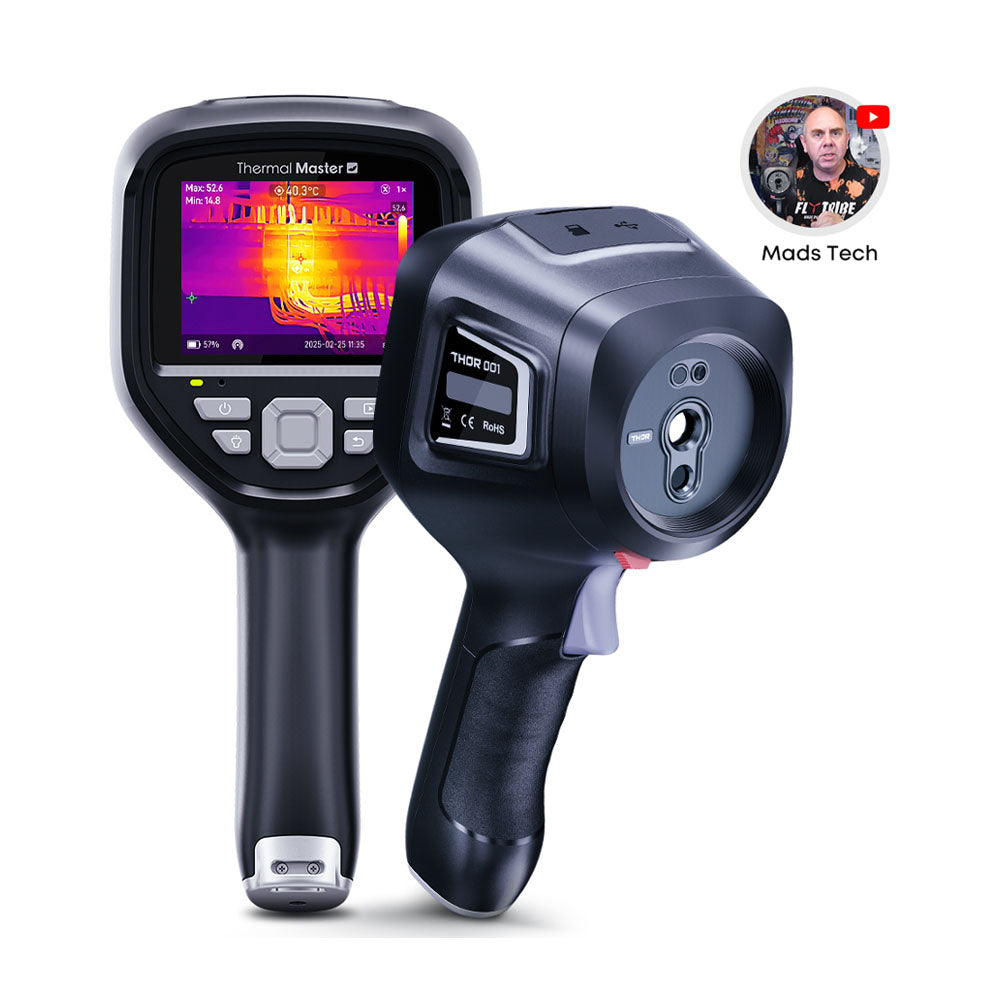

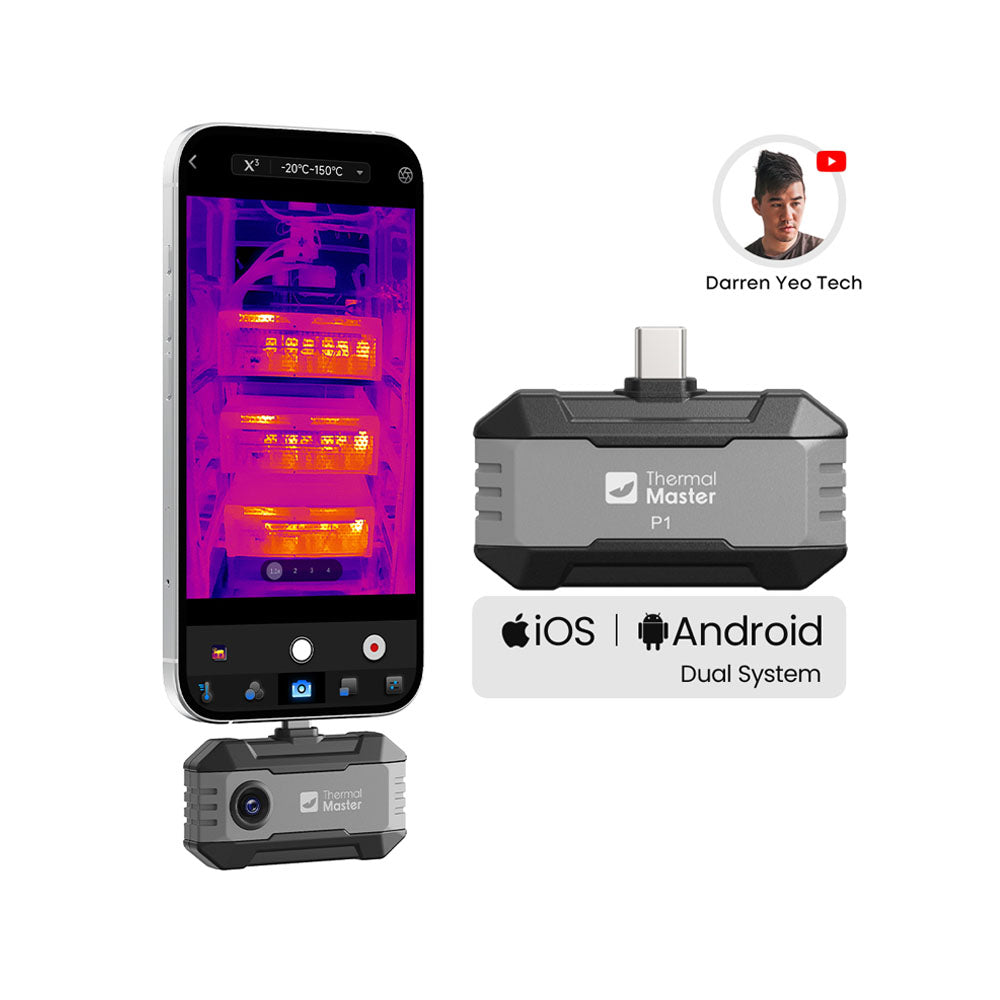
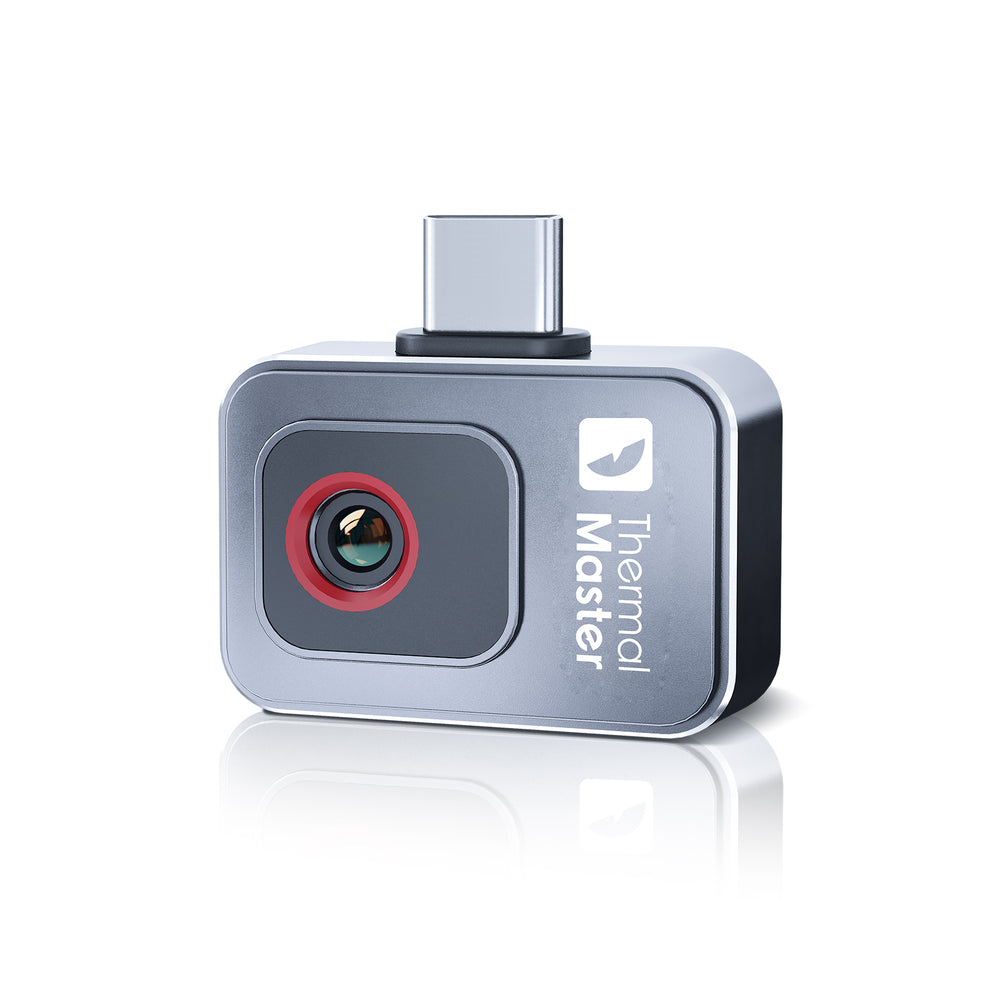


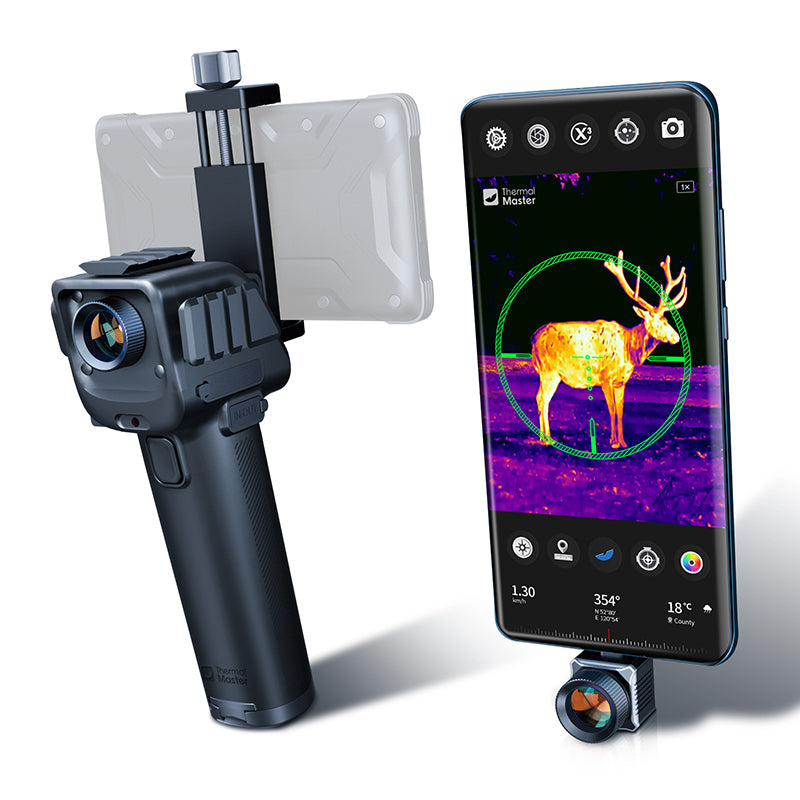
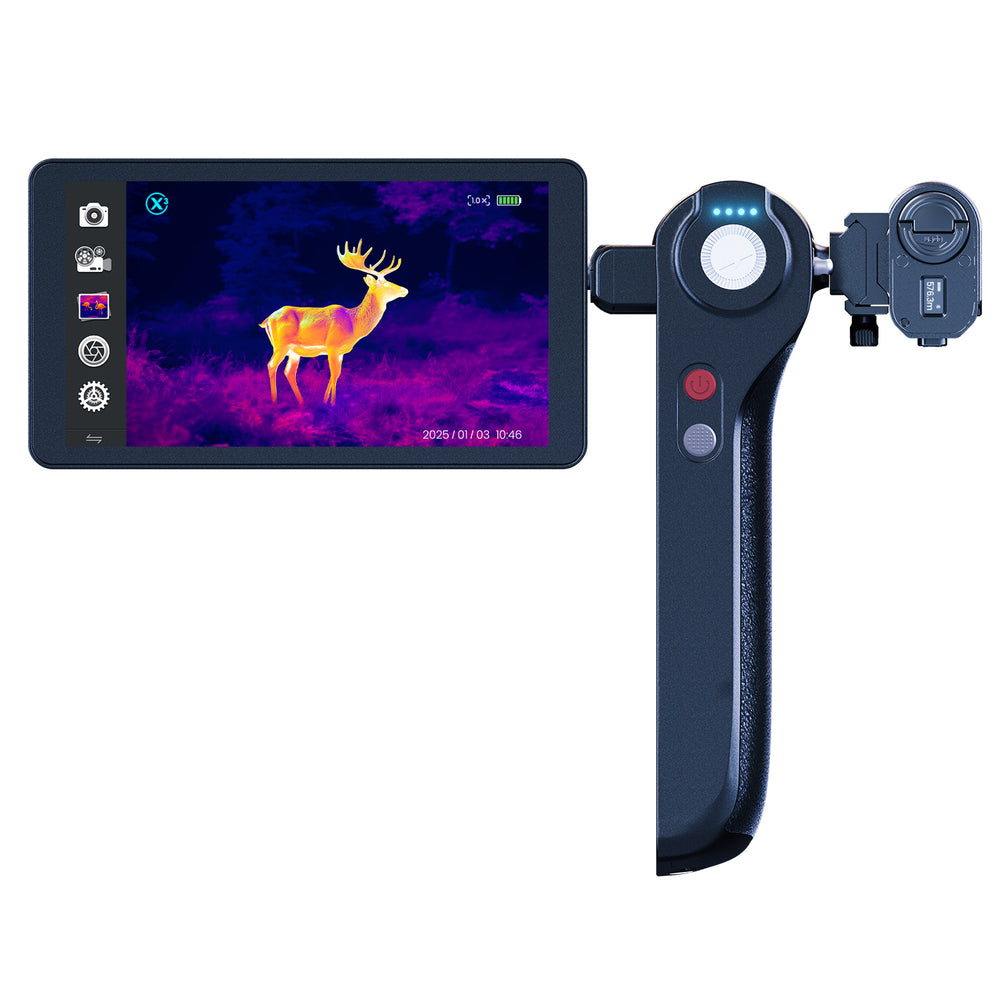
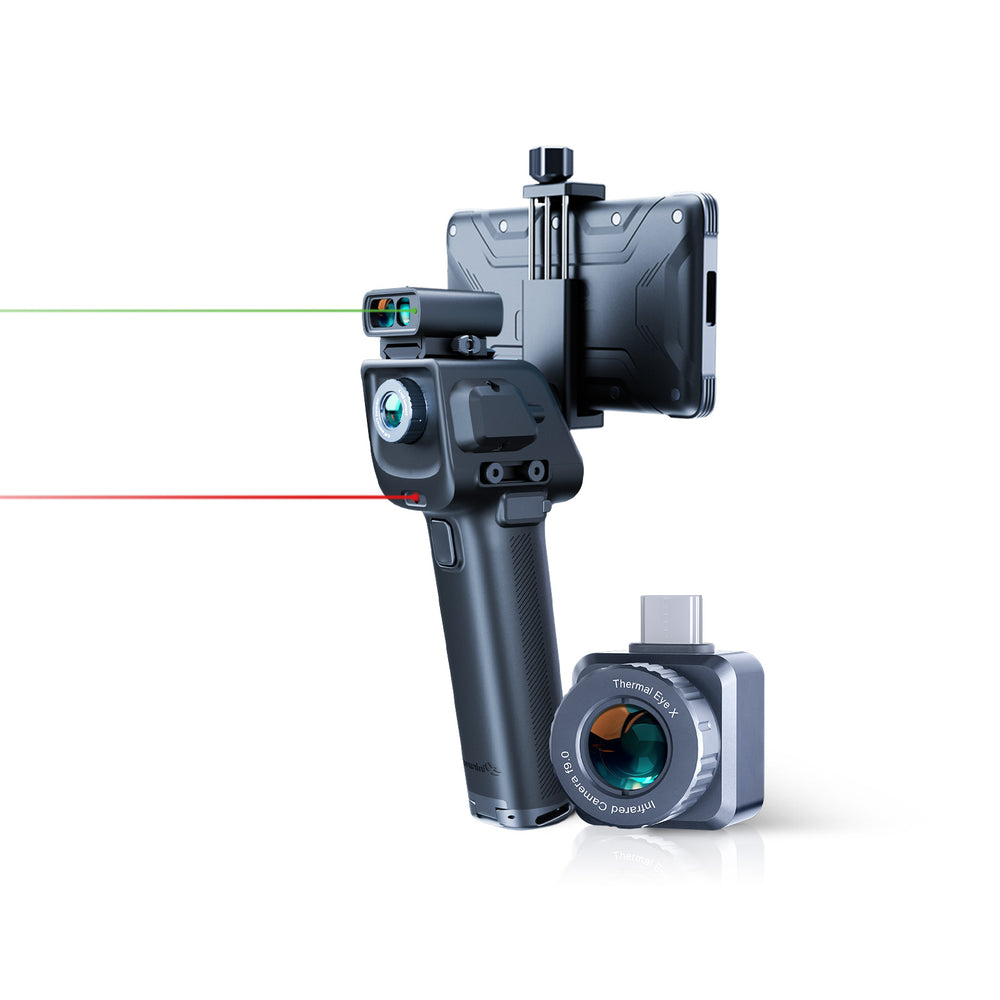
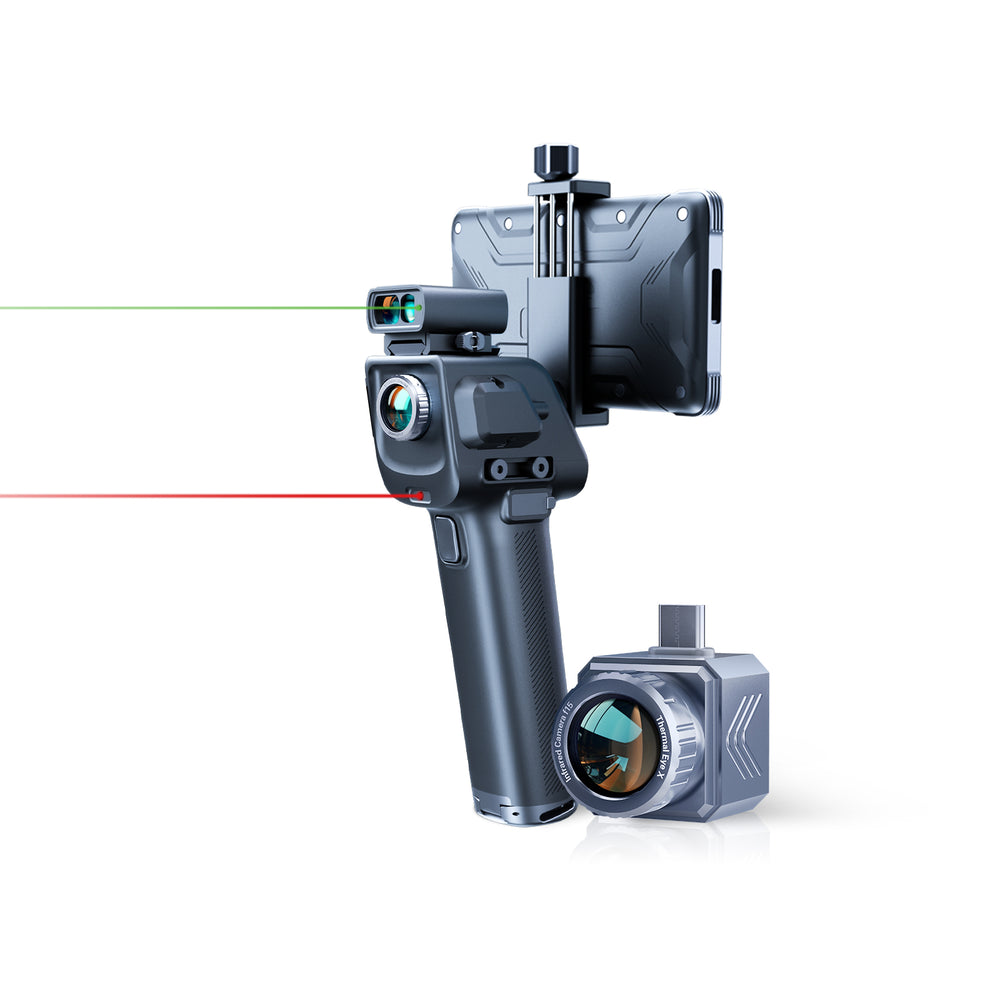
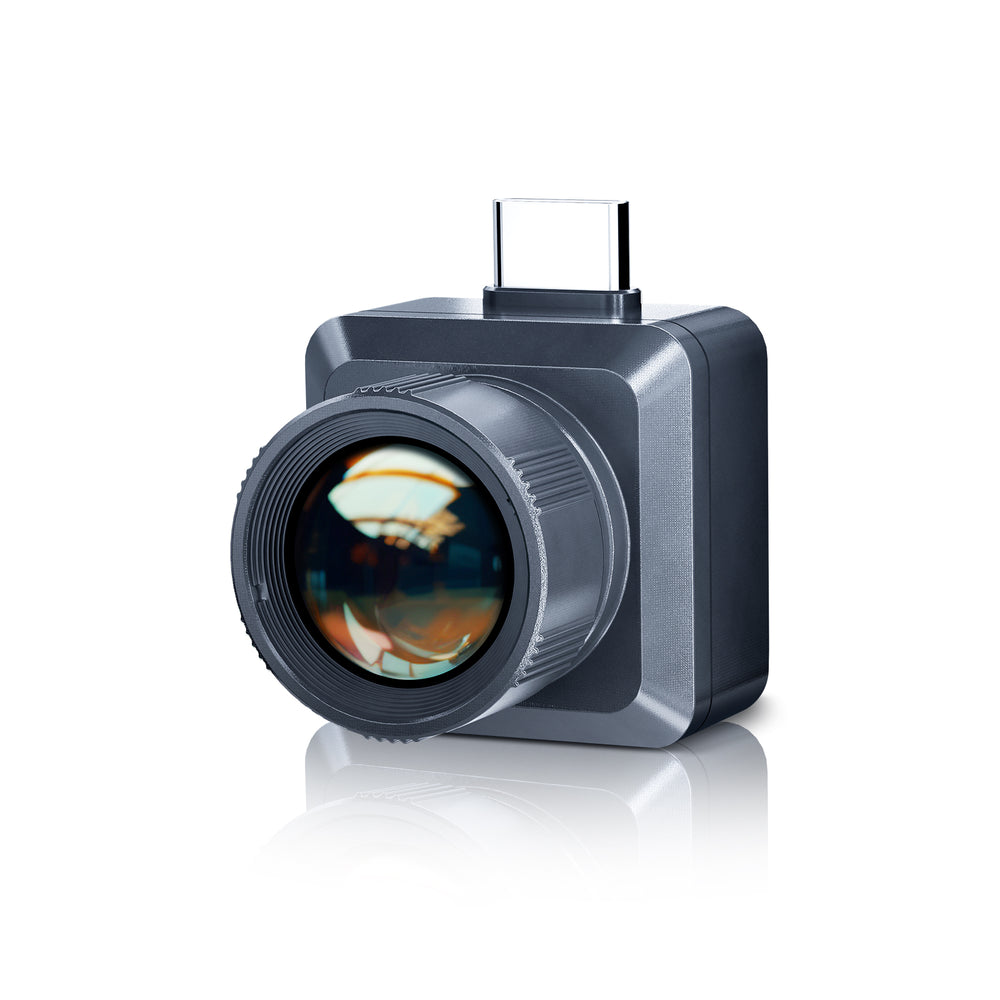
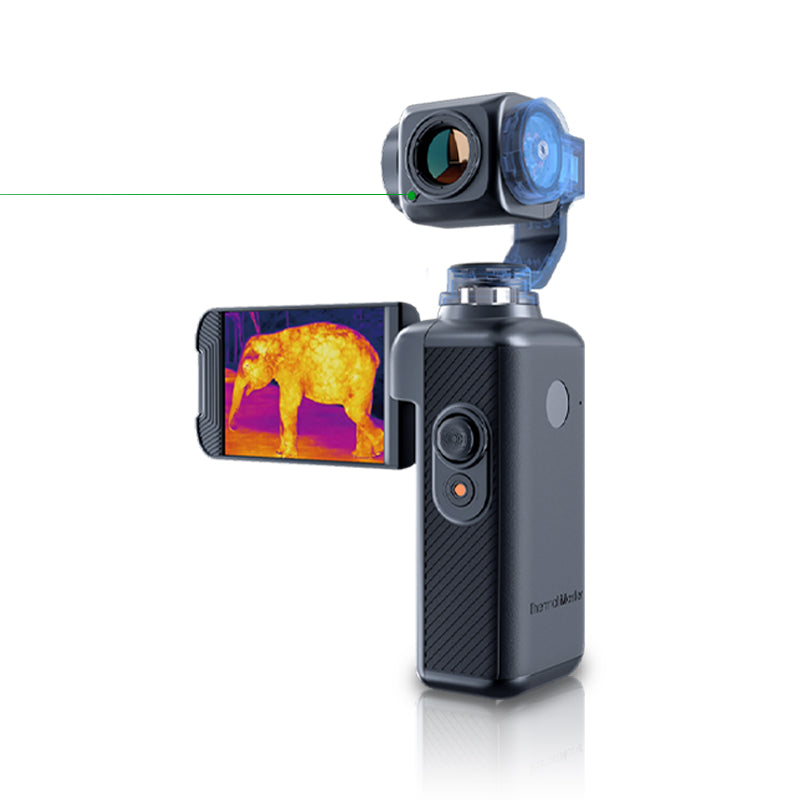
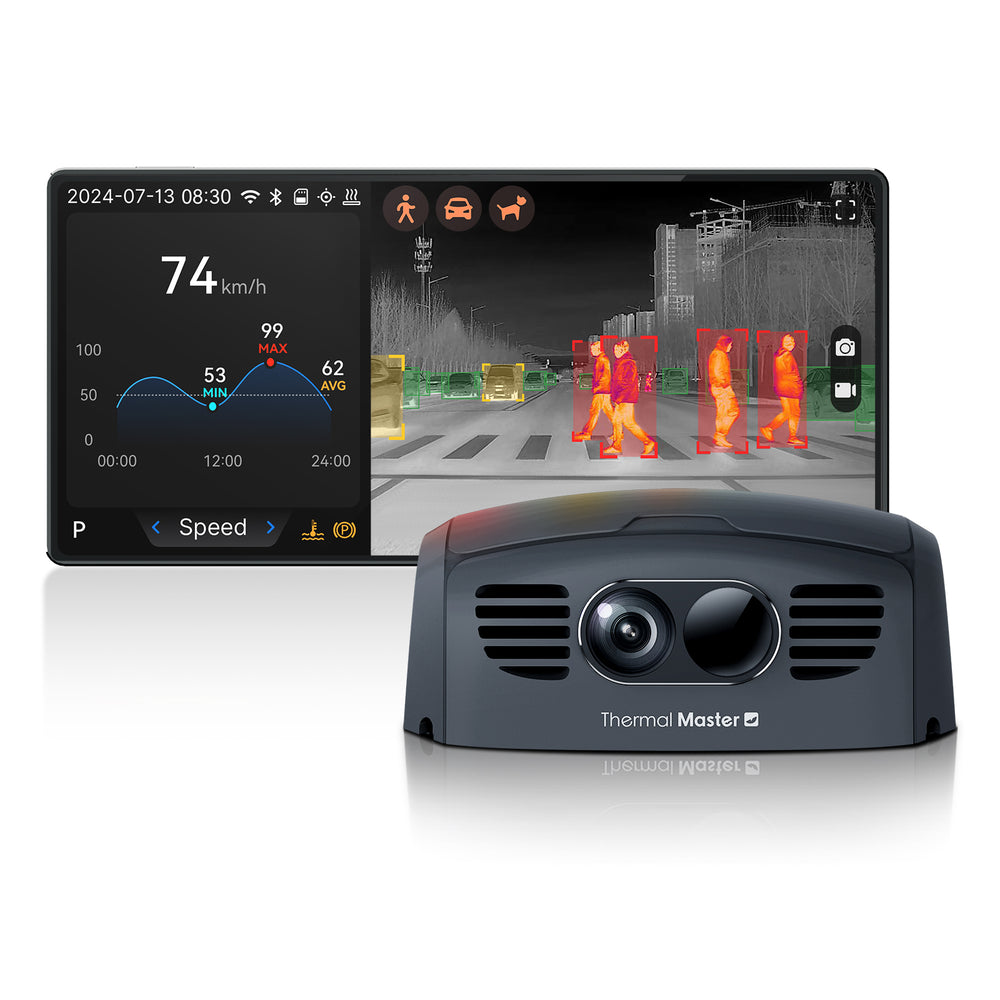
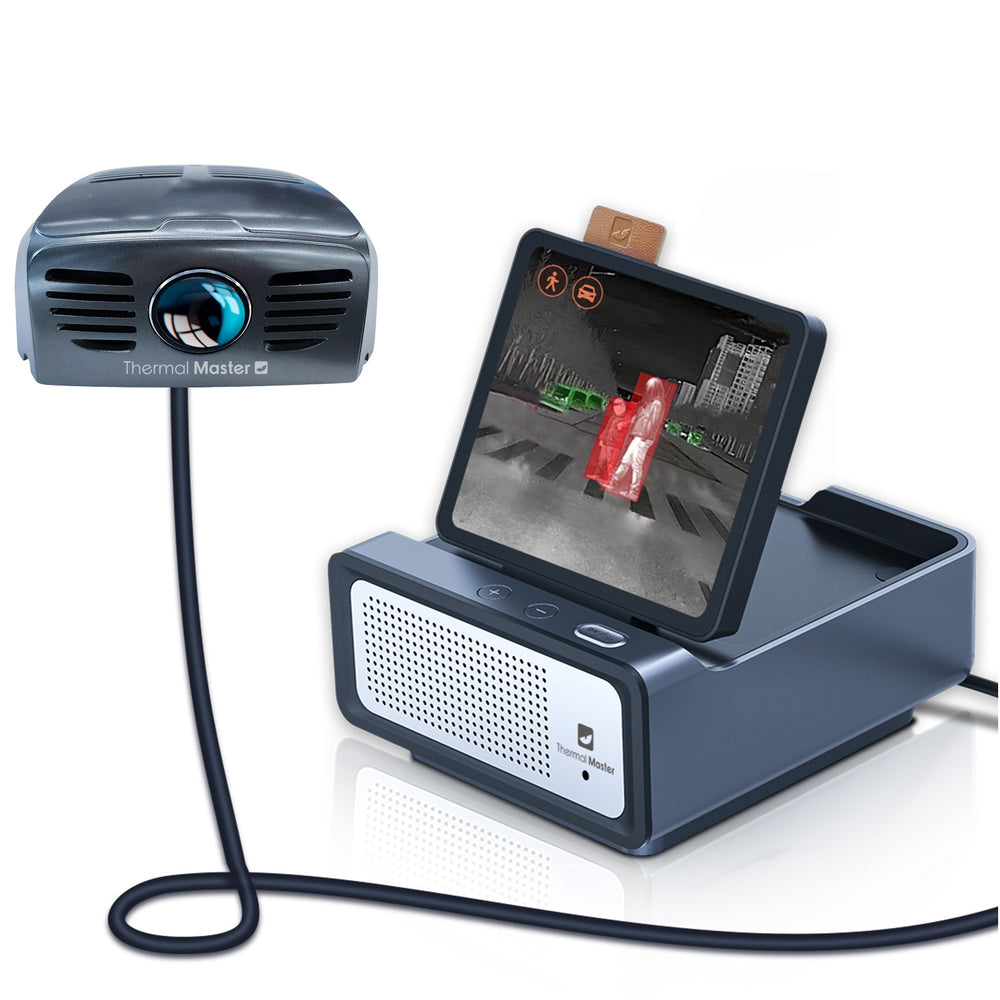

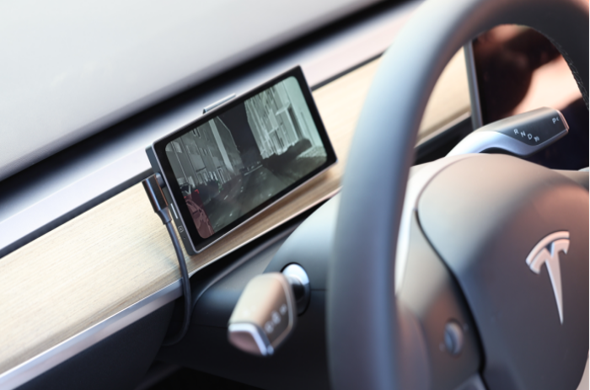
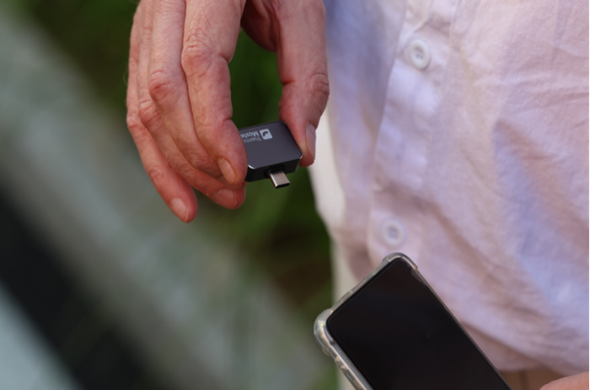
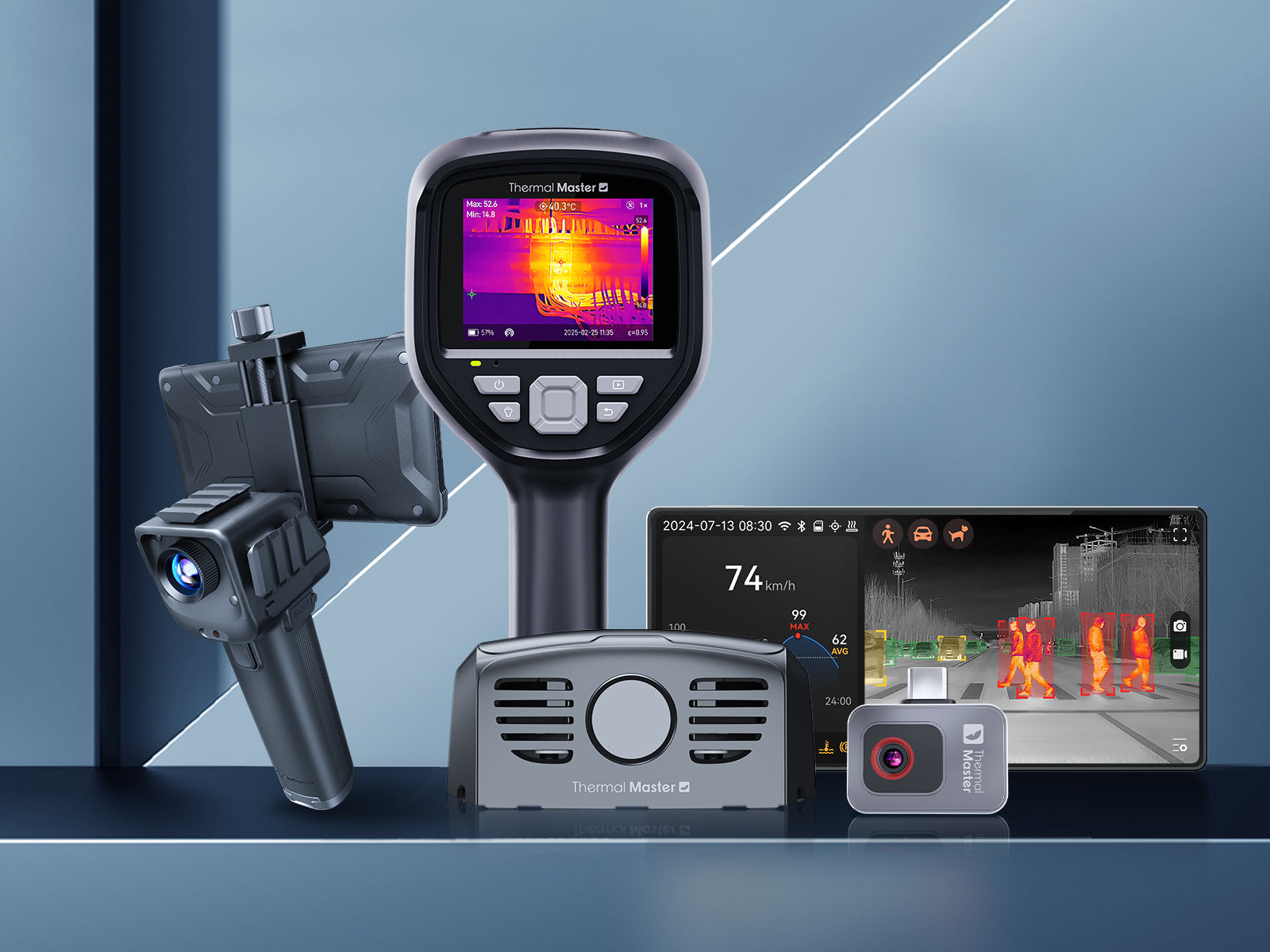
Leave a comment
All comments are moderated before being published.
This site is protected by hCaptcha and the hCaptcha Privacy Policy and Terms of Service apply.